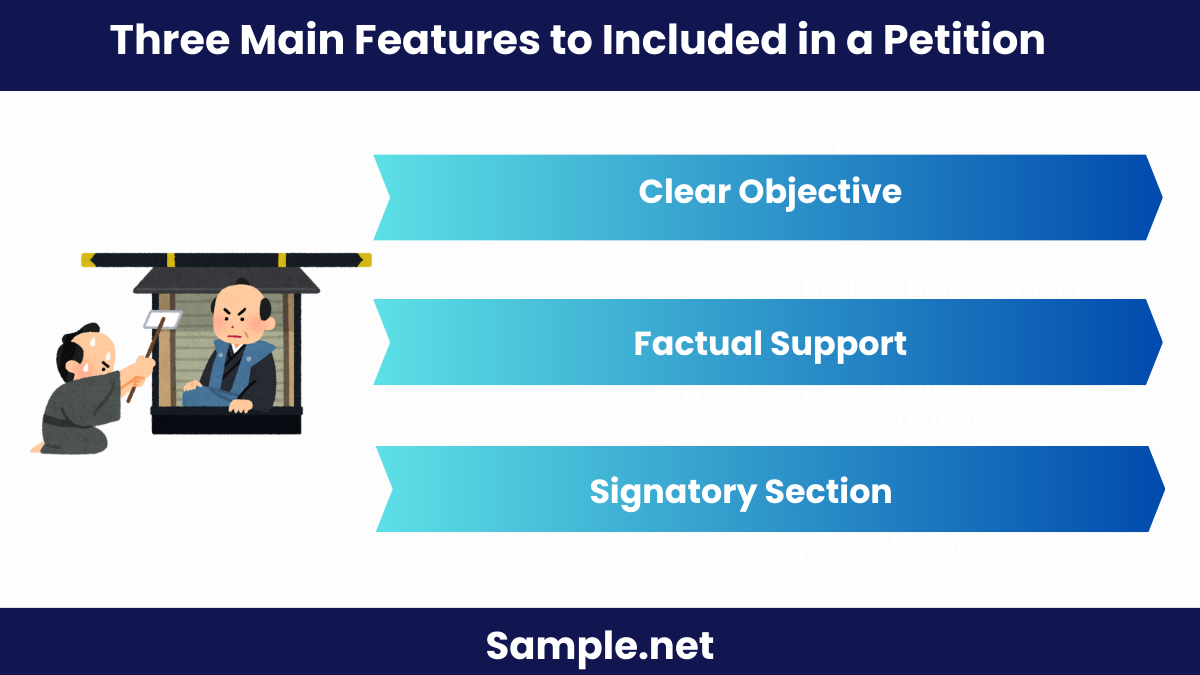Petition Letter Samples
-
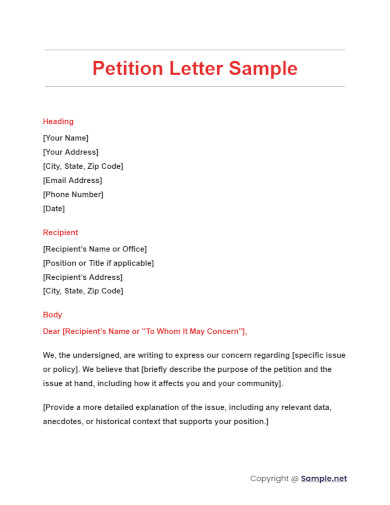
Petition Letter Sample
download now -
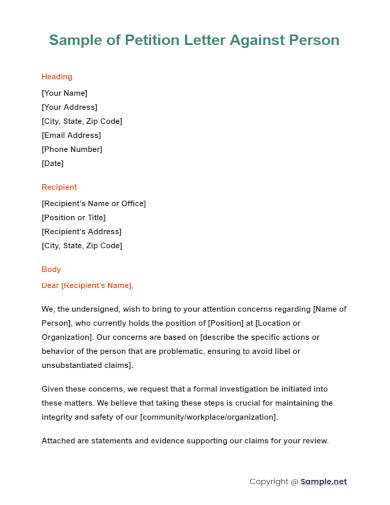
Sample of Petition Letter Against Person
download now -
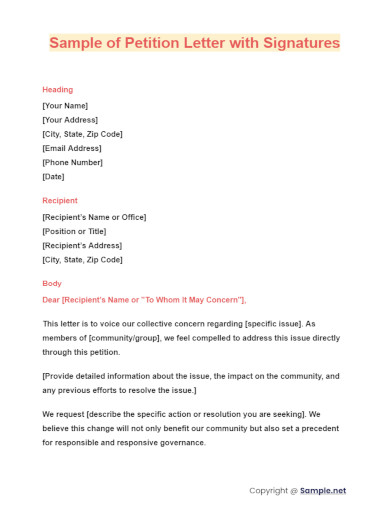
Sample of Petition Letter with Signatures
download now -
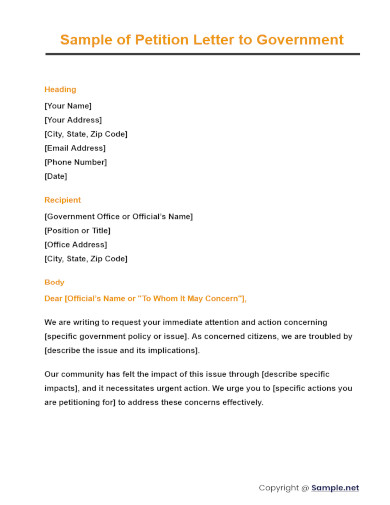
Sample of Petition Letter to Government
download now -
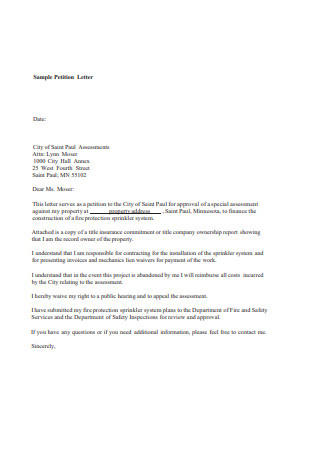
Sample Petition Letter
download now -
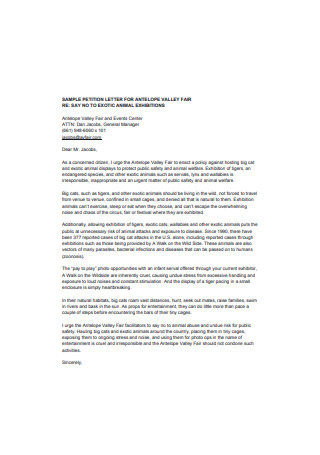
Petition Letter Format
download now -
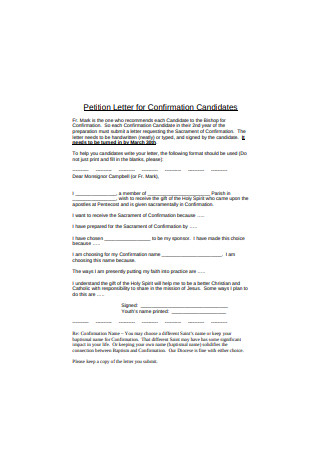
Confirmation Petition Letter
download now -
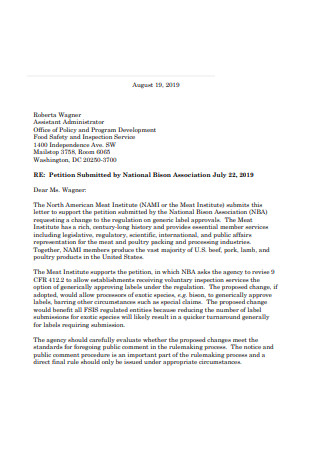
Basic Petition Letter
download now -
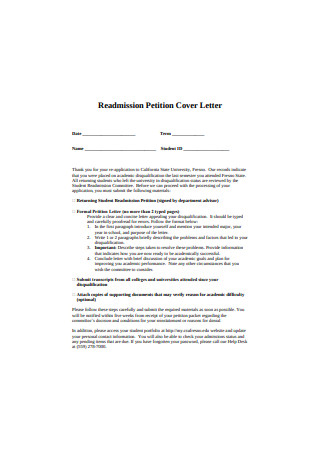
Petition Cover Letter
download now -

Petition Letter Sample
download now -
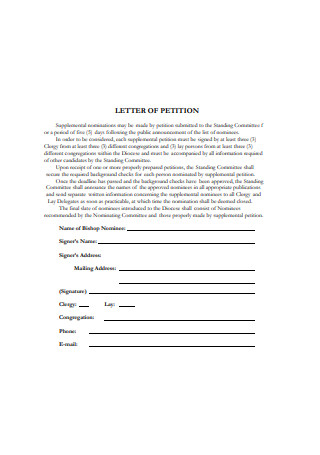
Letter of Petition
download now -
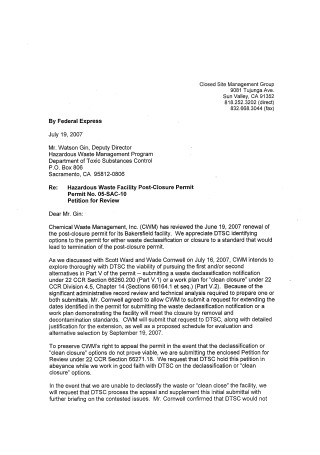
Basic Petition Letter Format
download now -
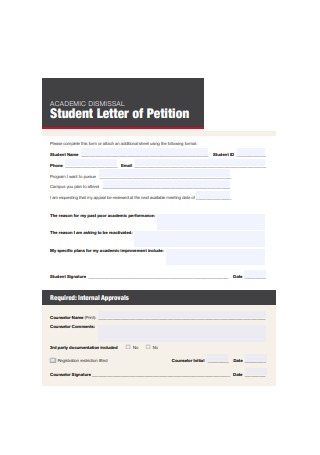
Student Letter of Petition
download now -
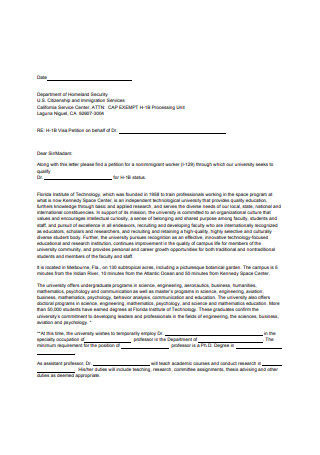
Standard Petition Letter Sample
download now -
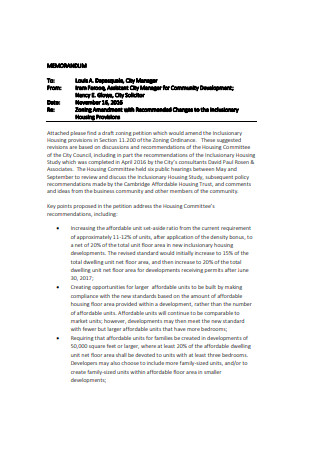
Petition Cover Letter Format
download now -
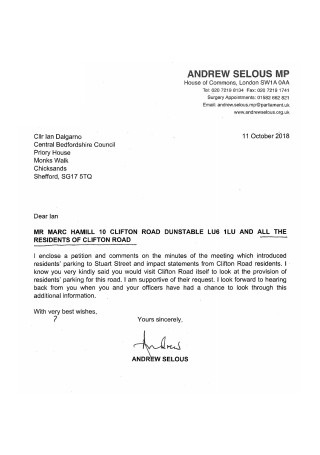
Basic Petition Letter Sample
download now -
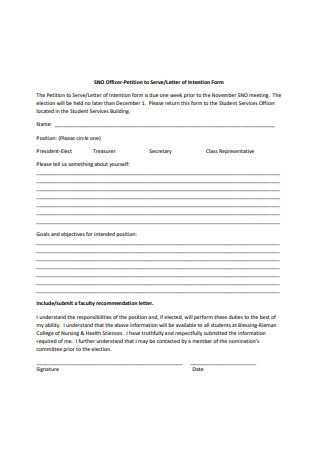
Standard Petition Letter Format
download now -
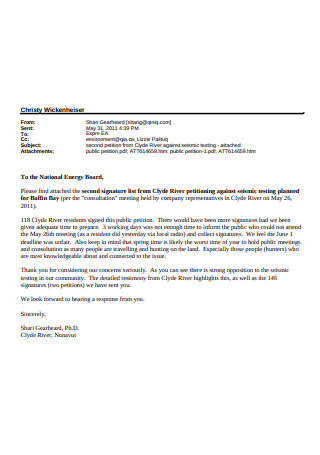
Basic Petition Letter Example
download now -

Simple Petition Letter
download now -
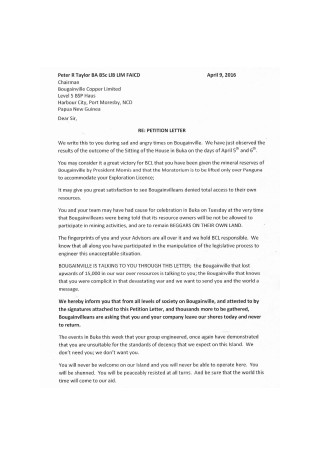
Sample Petition Letter Example
download now -
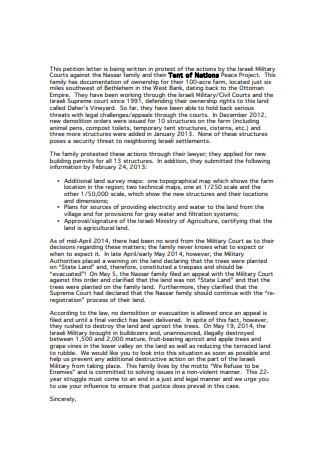
Standard Petition Letter Example
download now -
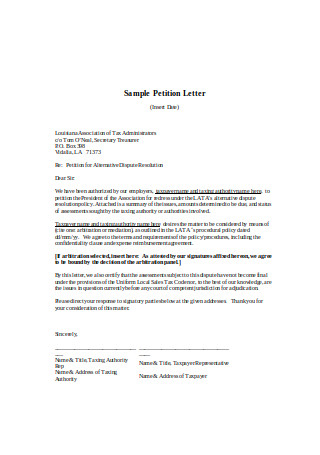
Printable Petition Letter Sample
download now -
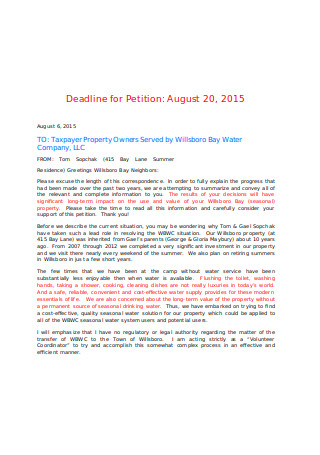
Formal Petition Letter
download now -
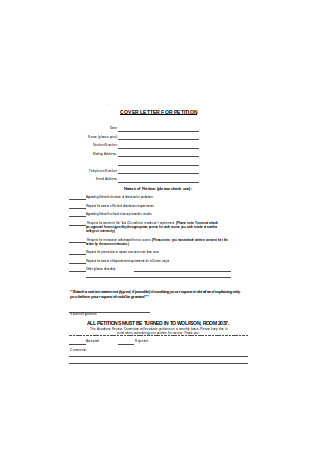
Cover Letter for Petition
download now
FREE Petition Letter s to Download
Petition Letter Format
Petition Letter Samples
What is a Petition Letter?
Why Petition Letter is Valuable?
Common Misconceptions about Petitions: Do They Work?
What Impact Do Petitions Have on a Cause?
How Do You Write a Petition Letter?
How to Write a Letter of Petition?
How Do You Write a Petition for Someone?
What is the Main Purpose of a Petition?
What are the Disadvantages of Petitions?
How Do You Write and File a Petition?
What are the Three Main Features That Could be Included in a Petition?
Why Do Petitions Get Denied?
How Effective Are Petition Letters?
How to End a Petition Letter?
How Many Signatures Does a Petition Need?
How Long Should a Petition Letter Be?
How Many Pages Should a Petition Be?
Is Petition a Right or Responsibility?
What Type of Document Is a Petition?
Download Petition Letter Bundle

Petition Letter Format
Heading
- Your Name
- Your Address
- City, State, Zip Code
- Date
Salutation
- Recipient’s Name or General Greeting
Body
- Statement of Purpose
- Detailed Explanation
- Call to Action
Closing
- Signature
- Your Contact Information
What is a Petition Letter?
A Petition Letter is a formal request for change, directed at individuals, organizations, or governments. It expresses a collective agreement on an issue and seeks to persuade the recipient to take or avoid specific action. Such letters must clearly outline the problem, provide evidence or arguments supporting the cause, and specify the desired change. Effective petition letters are concise, well-organized, and compelling, often accompanied by signatures from supporters to demonstrate widespread backing. They are instrumental in advocacy campaigns, community projects, or any situation where public support is crucia
Why Petition Letter is Valuable?
A petition is a formal request for change or course of action in response to a social, political, or academic situation. While oral petitions do exist, written petitions leave a more significant impact on complex situations. The document may come in a letter or a form, or in most cases, both. Additionally, many petitioners believe that formal letters are a more effective means of communication, as it allows you to express your opinions on a matter and recommend or request a solution. Petitioners typically address these letters to an authority or organization that may act as the pilot for change, whether it’s an academic institution, a political body, or a private corporation.
However, note that petitions forwarded to a government or parliament must meet specific regulations and undergo an extensive process for review and approval. It’s another reason why people choose to write about their appeals in a letter, in hopes that their message reaches the hearts of those concerned. It also gives those in power the chance to consider these pleas before they decide what’s best for the situation at hand. And because letter writing can significantly influence what happens next, the content and tone of the letter must remain truthful and respectful for a better shot at success.
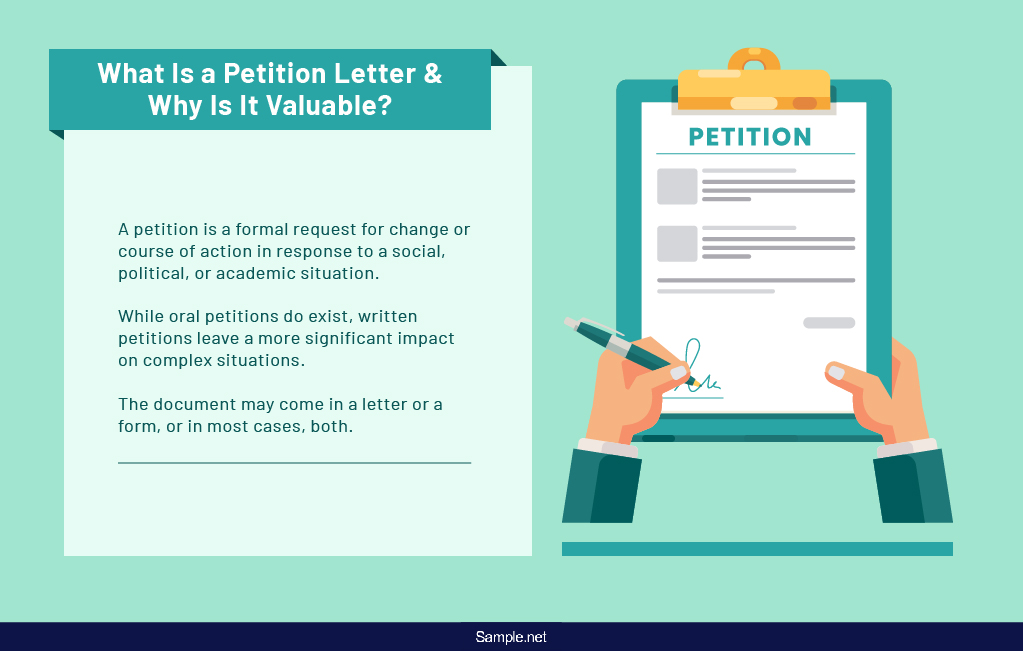
Common Misconceptions about Petitions: Do They Work?
You might be skeptical about the whole concept. But don’t worry, you’re not alone.
It’s normal to feel hesitant about dedicating your time and effort to a cause that may not be successful. Some people think that what they say or do won’t matter, but history has long proven how one voice can spark a million more. If you want to petition for a higher salary after your company’s weak efforts to compensate its employees accordingly, you can send a business letter to the management to forward your sentiments along with that of others. It’s only natural to worry that your petition target will never agree to your request. Still, your attempt to draw awareness to a matter should be enough to bring you one step closer to a better working environment.
Keep in mind that change doesn’t happen overnight. And while you can’t expect something to happen immediately, it doesn’t mean your efforts will only go to waste. Petitions often inspire others to become advocates of a cause, leading more people to echo your pleas and continue what you started. While it might not seem like much at first, it’s still a stepping stone to building a better world.
Today, the advent of technology and the powerful forces of the Internet enable many individuals and groups to make their appeals known to the broader majority and their target recipients through online petitions. Doing so streamlines the process of gathering signatures and reaching the addressee by creating an open line for a communication plan. That way, people from around the globe may participate in a cause that they believe in in the simplest way possible.
What Impact Do Petitions Have on a Cause?
In 2011, the U.S. government launched an online petitioning system called “We the People,” as part of the Obama administration’s open government initiative. Among the 4,799 publicly available petitions made as of 2016, Pew Research Center discovered 371 of which on the country’s health care system, making it the most common petition subject in the program. Since it launched, the government has responded to a significant number of appeals, which brings us back to the positive impact that petitions have on important issues.
But even if a petition isn’t enough to persuade decision-makers, that doesn’t mean it can’t do much to make the slightest difference. Other benefits of petitioning include the following:
How Do You Write a Petition Letter?
If you have the urge to elicit change in your community, don’t ignore it. You don’t have to hit the streets with a megaphone in hand as an act of protest because sometimes, the best way to express your call-to-action is to put pen to paper.
Believe it or not, but a few paragraphs in a letter should be enough to solidify your case. The thought of writing a petition letter might sound like a daunting task, but it’s pretty easy when you know exactly what you want to achieve with it. Listed below are a few tips to remember when crafting a petition letter.
1. Educate Yourself on the Topic
The first step in writing a petition is to do your homework on a topic. Knowing what you want isn’t enough to influence a decision, as you need to understand what your cause is and what it entails above anything else. For instance, if you want to petition your school administrators in your course of study plan for a particular class, ensure that you are knowledgeable of the policies and requirements for pursuing such an endeavor. That’s because you can’t demand something illegal or unethical to do; otherwise, you’re putting up a fight for nothing.
Research is crucial in a petition, so unless you know enough to take any action steps, take the time to figure what’s possible and what isn’t.
2. Frame a Statement of Purpose
When you demand something, there’s always a reason behind it. When you ask your parents to get you a new laptop, it’s probably because your old one broke and you need a new one for school. But it’s never a good idea to say, “I need a new laptop for school,” as it lacks reasoning. Instead, you’d want to say something along the lines of, “I need a faster, more compatible laptop to make my project roadmap and assignments for school, as my old laptop is no longer capable of completing these tasks.”
Having a statement of purpose builds a stronger foundation for the petition itself, allowing you to present a request while framing it with your goal.
3. Expound Your Intentions
By nature, petition letters are persuasive letters. Don’t assume a recipient’s approval if you fail to clarify your intentions clearly and concisely in your letter. Let your readers understand the nature of the problem as well as your proposed course of action by drafting a detailed message. It should tackle the issue that concerns you, the reason it needs their immediate attention, and a request or recommendation letter that may help resolve it. You’ll want to be careful about getting too technical in your content, particularly for cases that are too complicated or industry-specific for the average person to comprehend. Going too in-depth into a topic might confuse the reader and cause them to miss the point you are trying to convey.
4. Provide Supporting Materials
Facts. And nothing but facts.
As a petitioner, making claims without providing related documents that tie in with your case will only end in disaster. If you want administrators or decision-makers to grant your request, you must prepare enough evidence to support what’s written in your petition letter. Including newspaper references list, online articles, and other legitimate documents should help your case significantly. That’s because petitioners armed with accurate and compelling data have a better chance of gaining public support and proving that a problem does exist for legislators or leaders to take notice.
5. Communicate Logically & Concisely
There are ethical petitions, and there are inadequate petitions.
The quality of your petition plays a significant role in its outcome. By following a simple and coherent structure, you can get your points across effectively for readers to grasp. You’ll also want to avoid a cluttered content to ensure that your letter remains readable, especially for recipients who have their hands tied with other petitions.
Also, try not to miss the opportunity to review and improve your letter before submitting it. Feel free to refer to petition letter templates and examples for reference pages.
6. Collect Signatures
No matter how many people support your petition, you can only forward your concerns and potentially get approval from the authorized sector if the request reaches a certain number of signatures. It’s a requirement that organizations have to prove that the reasons behind the appeal remain credible enough to consider. Thus, be sure to solicit actual signatures from community members who care about your cause. Spread the word, and you should have more than enough signatures to get the public’s attention.
How to Write a Letter of Petition?
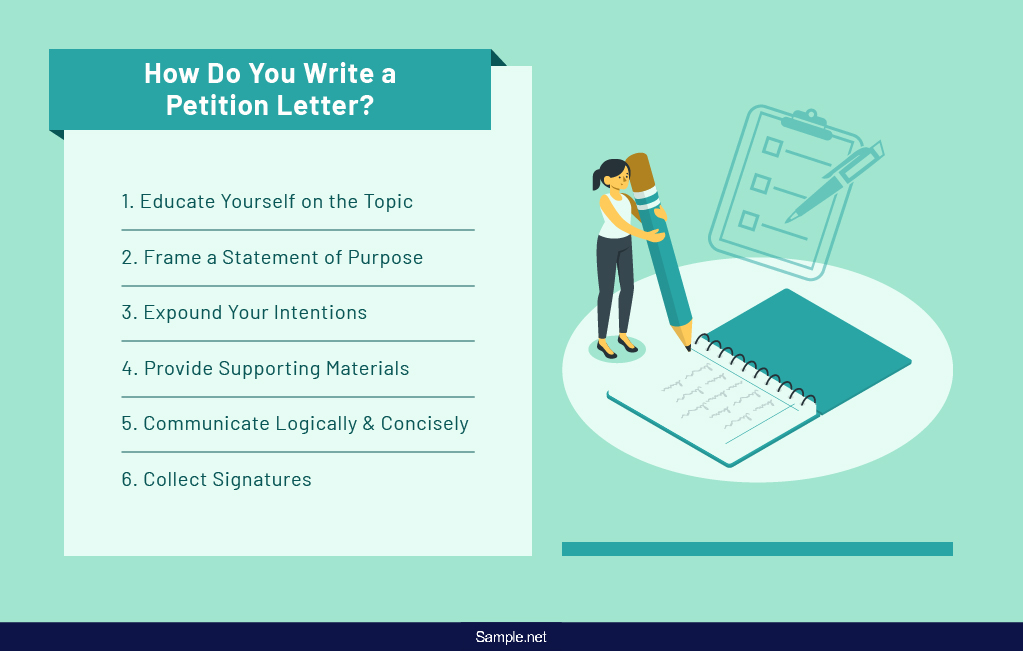
While you can’t expect everyone to jump on board with your sample plans, the least you can do is to bring the problem of concern to their knowledge. Getting people to talk about the matter should be enough to raise awareness and steer more people to support your cause. Success won’t come in a blink of an eye, but know that your efforts will always make a difference, regardless of how small. With that said, start a petition today, and watch your petition letter turn into an avenue for those who wish to influence and persuade parliamentary representatives to make favorable decisions for the community.
Writing a letter of petition effectively communicates your cause to the right audience.
- Clarify Your Goal: Define what you hope to achieve with the petition clearly and concisely.
- Target Audience: Identify and address the petition to the appropriate party, often using the format of a Apology Letter.
- State the Issue: Clearly describe the issue or cause you are petitioning against or for.
- Propose a Solution: Suggest a clear, actionable solution or request specific action from the addressee.
- Call to Action: End with a call to action, encouraging the recipient to act in favor of the petition.
How Do You Write a Petition for Someone?
Writing a petition on behalf of someone else requires empathy and clarity.
- Represent Accurately: Ensure you have all factual information and the consent of the person you’re representing.
- Use Persuasive Language: Make a compelling case by outlining why the issue demands immediate attention, akin to a Consent Letter.
- Personalize the Appeal: Share personal stories or testimonies that highlight the impact of the issue.
- Gather Support: Collect signatures or endorsements from others to strengthen the petition.
- Provide Contact Info: Include contact information for follow-up, resembling components in a To Whom It May Concern Letter & Email.
What is the Main Purpose of a Petition?
The main purpose of a petition is to show collective agreement and urge action.
- Raise Awareness: To bring attention to a specific problem or issue.
- Mobilize People: To engage and mobilize the public or specific groups to support the cause.
- Influence Decisions: To persuade decision-makers to act in favor of the petitioners’ requests.
- Demonstrate Support: To show the level of support or concern among the community, enhancing the petition’s credibility.
- Initiate Change: To serve as a catalyst for legislative or social changes.
What are the Disadvantages of Petitions?
While effective, petitions have some limitations and challenges.
- Limited Impact: Some petitions may not result in change if they fail to reach the necessary audience or lack enough support.
- Misrepresentation: Petitions can sometimes misrepresent an issue if not carefully worded, similar to misunderstandings in an Event Invitation Letter.
- Lack of Follow-Up: Without proper follow-up actions, petitions might not achieve their intended impact.
- Overuse: Frequent use of petitions for trivial matters can lead to petition fatigue among the public.
- Accessibility Issues: Not everyone may have access to sign a petition, especially digital ones.
How Do You Write and File a Petition?
Writing and filing a petition requires careful planning and execution.
- Draft the Petition: Compose a clear and concise document outlining your cause and what you are petitioning for, reflecting the directness of a Permission Request Letter.
- Compliance with Requirements: Ensure the petition meets all legal or organizational requirements for submission.
- Collect Signatures: Gather as many signatures as needed to support your petition.
- Submission: Submit the petition to the appropriate body or organization, ensuring all guidelines are followed.
- Record Keeping: Keep copies and records of the petition and all communications for accountability. You should also take a look at our Validation Letter
What are the Three Main Features That Could be Included in a Petition?
A successful petition typically includes these three key features:
- Clear Objective: A direct and understandable goal or request, as is essential in a Job Letter of Recommendation.
- Factual Support: Evidence or data that supports the petition’s claims and objectives.
- Signatory Section: A place for supporters to add their names, affirming their agreement with the petition’s purpose.
Why Do Petitions Get Denied?
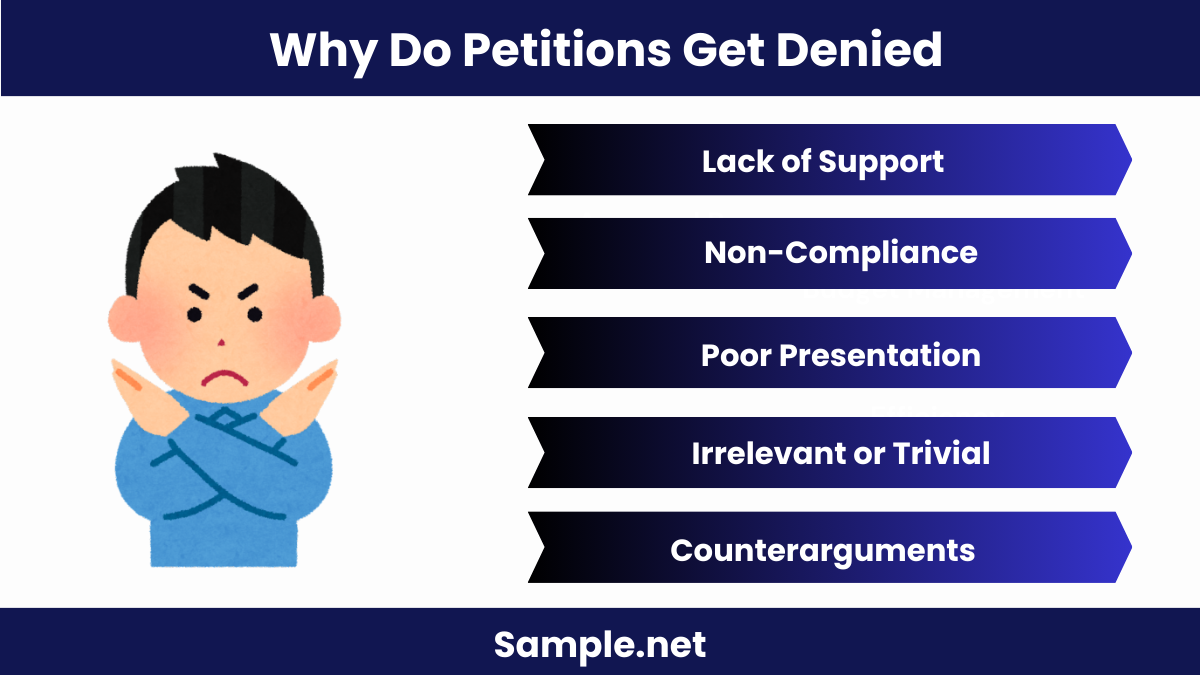
Petitions can be denied for several reasons, often related to how they are presented or perceived.
- Lack of Support: Insufficient signatures or backing to demonstrate significant interest.
- Non-Compliance: Failing to meet the specific legal or procedural requirements.
- Poor Presentation: Unclear, inaccurate, or unprofessional presentation that fails to convey the seriousness of the petition.
- Irrelevant or Trivial: The issue may be deemed irrelevant or too trivial by the decision-makers.
- Counterarguments: Strong counterarguments or opposition that diminish the petition’s effectiveness. You should also take a look at our Adjustment Letter
How Effective Are Petition Letters?
Petition letters can be highly effective when they clearly articulate a cause, gather substantial public support, and target the right Authority Letter recipients.
How to End a Petition Letter?
Conclude a petition letter with a strong call to action, reiterate your request briefly, and thank the recipients for their time, akin to a Letter of Appreciation.
How Many Signatures Does a Petition Need?
The number of signatures required for a petition varies depending on its purpose and the jurisdiction. Generally, more signatures can strengthen the impact, similar to a Guarantee Letter.
How Long Should a Petition Letter Be?
A petition letter should be concise and focused; ideally, one page is sufficient to state your case effectively, similar to a Proposal Letter.
How Many Pages Should a Petition Be?
A petition should typically be no more than one page long, ensuring it is direct and to the point, much like a Legal Letter.
Is Petition a Right or Responsibility?
Petitioning is both a right and a responsibility; it empowers citizens to voice concerns and contribute to democratic processes, paralleling the commitment in a Contract Letter.
What Type of Document Is a Petition?
A petition is a formal document requesting change or action, structured to persuade and gather support, often involving aspects similar to an Acceptance Letter.
In conclusion, mastering the art of writing a Petition Letter can significantly enhance your ability to advocate for causes you care about. This article has equipped you with the knowledge to draft effective petitions using proven formats and persuasive language. By utilizing the samples, forms, and strategic advice provided, you can create compelling letters that mobilize support and influence decisions. Remember, a well-crafted Petition Letter can serve as an Excuse Letter for action, compelling recipients to address the issues you raise. Embrace these tools to transform your concerns into impactful advocacy and meaningful change.

